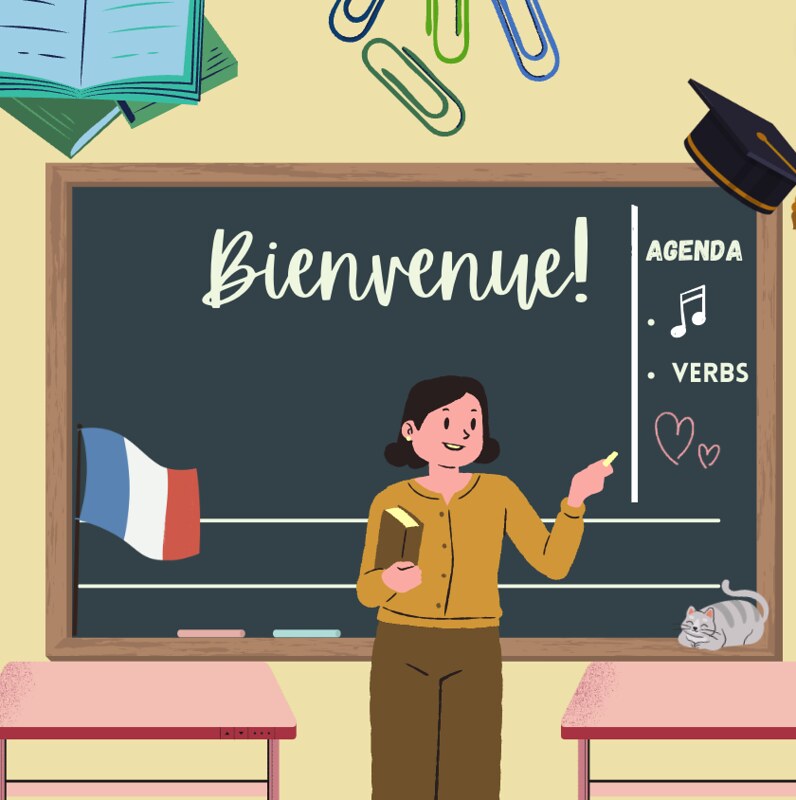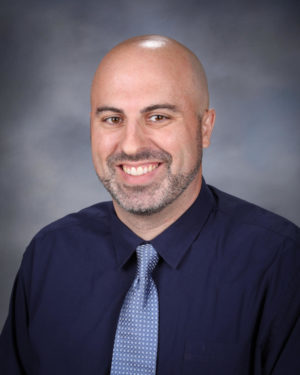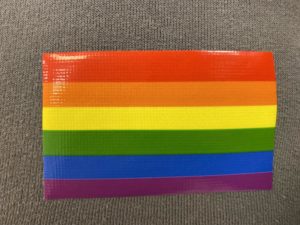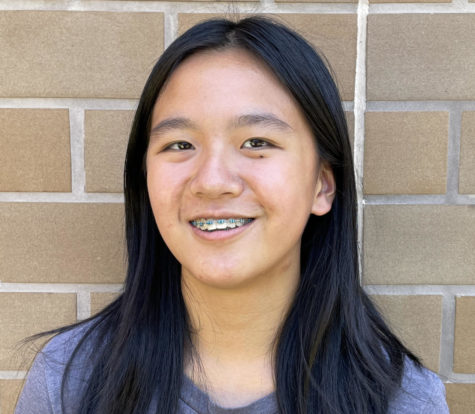Community at DV should start from the classroom
DVHS should refocus on the efforts of individual classrooms to create safe learning communities.
March 1, 2023
At a student forum held on Feb. 2, DVHS administration looked for ways to combat the recurrence of shooting threats on campus. Ideas tossed around at the forum included a competition among grade levels for good behavior points because “DV students are very competitive.” Cute, but we’ll see how that turns out.
In all likelihood, none of the forum solutions will actually stick. But it still marks a shift in administrative mindset and gives students a welcome opportunity to make their voices heard. Most of all, it foreshadows that the current policy on hand, “if you see something, say something,” is not cut out to be an effective long-term solution. Because as three shooting threats in one school year have proven, the mere reporting of suspicious activity has failed to create a community more aware and active in preventing such threats from happening. How, then, do you cultivate a community where eight hours a day at least yields a bit of love and support? How do you build a community that’s safe for everyone?
On a campus of over 3,000 people, we have the population of a community college with the resources of a high school. It’s difficult to form a community, no matter the efforts. So in creating a space that everyone wants to be a part of, it won’t be the broad, systemic overhauls that do it. It’ll be one classroom at a time.
At the door of Room 3210, DVHS French teacher Imin Moriya starts each class period right in the hallway. She greets each student with their first name, usually accompanied by a jubilant inquiry into how they’re doing. The combination of smiles and personalized acknowledgment sets up “an expectation for respect and friendliness,” as she puts it. And these small gestures add up when creating a safe classroom community.
“I reinforce it often that we respect what we say and share even if it’s differing opinions. I treasure everybody’s uniqueness because we all contribute in some way,” she explained.
Students have come back to her class with uplifting feedback about the community within, namely “a feeling they get when they’re in here [that they can] be themselves.”
Community is a powerful driving force of learning, yet the priority for community disappears when the rigorous content focus is all the rage. In foreign language classes, tight-knit communities cause students to be more at ease expressing themselves without fear, helping them speak more confidently and embrace mistakes in the quest for fluency. But even in a math class, a strong sense of community means that students feel more comfortable admitting that what’s on the whiteboard just flew way over their heads and a different way of explaining it could be helpful. In history and government classes, it means more empathy when grappling with conflict-ridden topics of immigration and slavery. In science, it means more study buddies, reliable lab groups and students who walk into class anticipating the people as well as the content.
Let the classroom be the first place at school that students can turn to for a safe space with teachers and peers who care. And from the classroom, students can be willing to lend a helping hand. Mirror teachers’ values and pay it forward by being a kind and respectful individual in your own classes, trusting that the good vibes will reach and impact your peers.
“I would not be satisfied with the job I was doing if I didn’t have the community being built — I wouldn’t be proud,” Moriya stated. “But I’m proud of my students for being part of our community. It’s not [just] me building that community; it’s me and my students.”
What starts in the classroom translates into actions that impact the surrounding world. Teachers that make their students feel like they can be themselves and fit into the school environment, even for one period of the entire school day, cultivate individuals who carry this knowledge into their daily life. From there, it’s just a matter of paying it forward.



![“Style [is the] way you present yourself to the world, [it’s] a form of art”](https://thewildcattribune.com/wp-content/uploads/2022/09/52347895236_a06b80b761_c-1-300x400.jpg)

